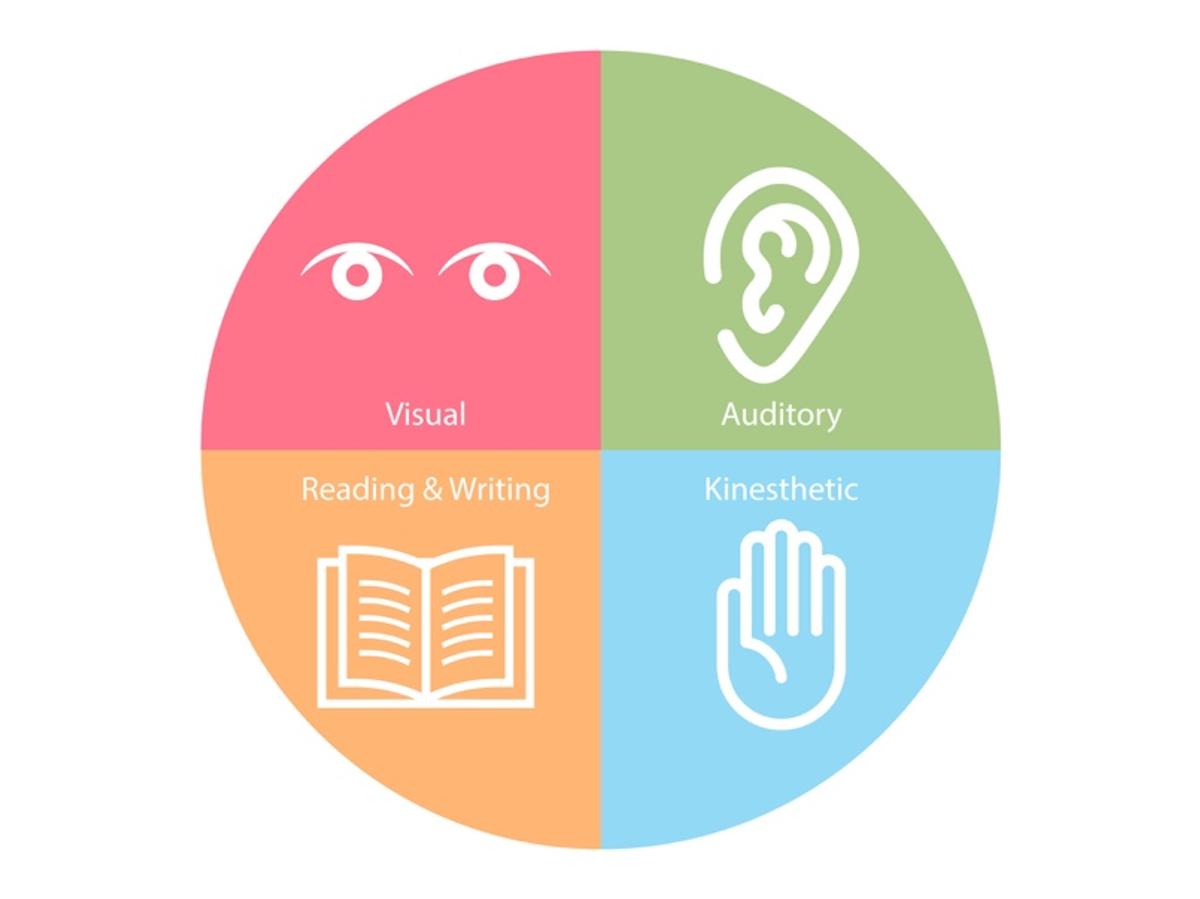Junior School News
Year 3 to Year 6

Junior School News
Year 3 to Year 6
One area that our teachers are focussing on and developing is “differentiation” for our students to ensure that learning is being is meeting the students “where they are at”.
Students are individuals who learn at different rates and in different ways. These individual differences may influence how students respond to instruction and how they demonstrate what they know, understand and can do. Individual differences may include:
Through differentiated planning and programming, teachers can consider students’ varying abilities, learning styles, interests and needs.


Differentiation is a targeted process that involves forward planning, programming and instruction. It involves the use of teaching, learning and assessment strategies that are fair and flexible, provide an appropriate level of challenge, and engage students in learning in meaningful ways. Differentiated programming recognises an interrelationship between teaching, learning and assessment that informs future teaching and learning.
Differentiated programming:
Differentiated programming provides students with opportunities to:
The K–10 Curriculum Framework reinforces that teachers, schools and school authorities will decide how to maximise student learning. This principle assumes that:
The Junior School syllabuses are inclusive of the learning needs of all students. Particular advice about supporting students with special education needs, gifted and talented students, students learning English as an additional language and students learning Standard English as an additional dialect is included in the syllabus elements of each syllabus.
Schools will make decisions about meeting the needs of the diversity of learners regarding documents and advice available from the Board of Studies and education sectors.
Warm regards,
Mrs Christine Pitman
Head of Junior School (Year 3 to Year 6)